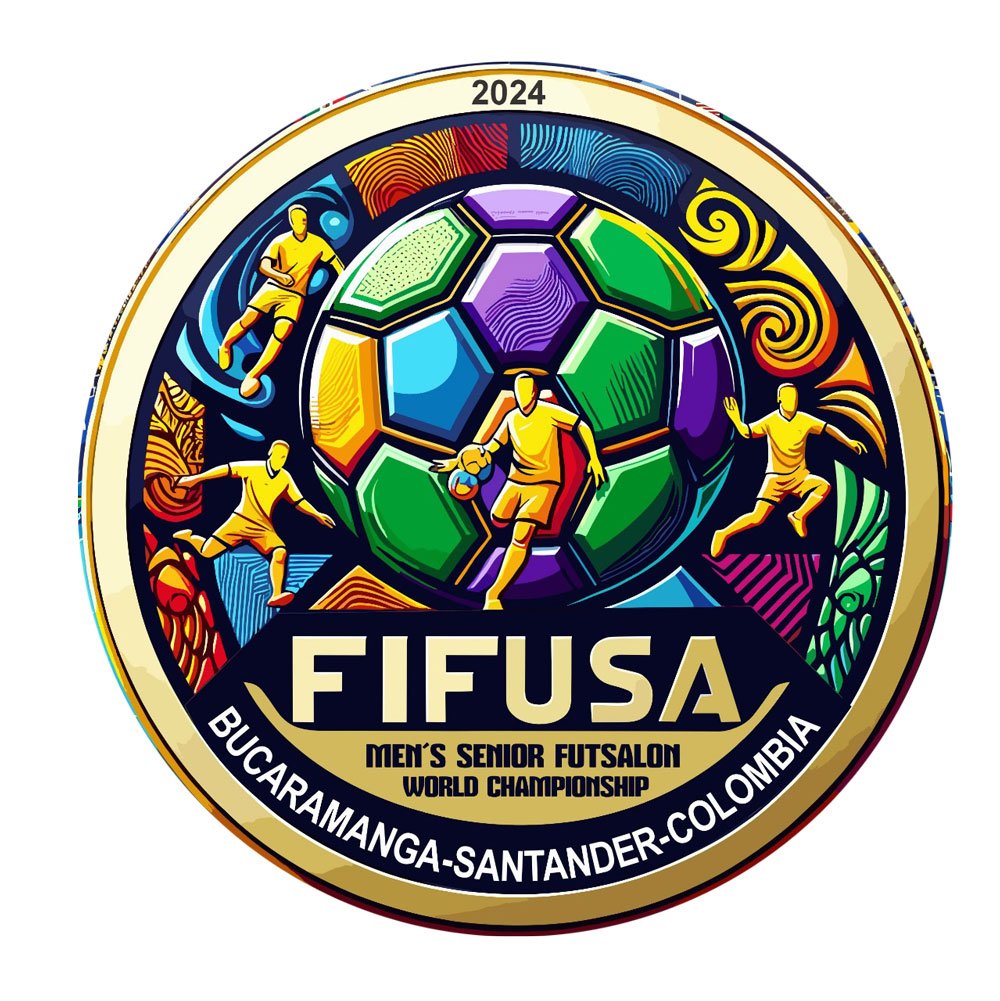Ever before battled to ascertain whether you’re crazy or just trapped from inside the tempting whirlwind of short-lived crave?
While it can be burdensome for that tell the difference between really love and crave, your head, according to Dr. Rick Hanson, experiences the two thoughts very differently.
When people can be found in really love, Hanson produces for BigThink.com, two areas of the mind are triggered: the caudate nucleus as well as the tegmentum. The tegmentum delivers dopamine, a neurotransmitter that assists get a handle on the mind’s incentive and delight stores, to the caudate nucleus, among the mind’s previously mentioned prize centers. If the incentive centers tend to be activated, whether by slipping in love, winning the lotto, or snorting cocaine, the brain starts demands whatever created the pleasant feeling. When it comes to really love, the origin of this sensation will be the individual you may have dropped for.
We’re inspired to follow love, subsequently, by all of our head’s aspire to enjoy delight, and now we are also driven to pursue want to avoid pain. Someone who was declined crazy encounters activation from inside the insula, the spot associated with the head which accountable for replying to physical discomfort.
When individuals have been in crave, in the place of seriously in love, entirely different methods on the mind tend to be triggered. These, the hypothalamus, is largely worried about the legislation of standard drives like hunger and thirst. Another, the amygdala, accounts for emotional reactivity. With each other, the hypothalamus as well as the amygdala are involved in “the arousal associated with the organism and ability for action,” just like the fight-or-flight response that identifies the a reaction to strain and worry. These brain systems are tangled up in “energizing activities that sense mentally good like cheering on the preferred staff – or fantasizing about your sweetheart.”
The differences between the neurologic experiences of love and crave may help give an explanation for differences in their own subjective emotional experience. Being in really love may feel softer (much more, as Hanson places it, “Aaaaahh, just how nice!”) than the fires of crave (the feeling that Hanson colorfully clarifies as “Rawwrh, gotta have it!”) because crave triggers a reaction in elements of mental performance being dedicated to high-intensity responses and really love cannot.
It is not just crave, but that drives us to need to own sex with your associates. Dopamine, the neurotransmitter this is certainly improved when thoughts of love are experienced, triggers testosterone manufacturing, that will be “an important aspect in the sexual interest of both men and nasty horny women.”
What is the best way, after that, to find out in case you are really in love or just in crave? Hire a neuropsychologist!



